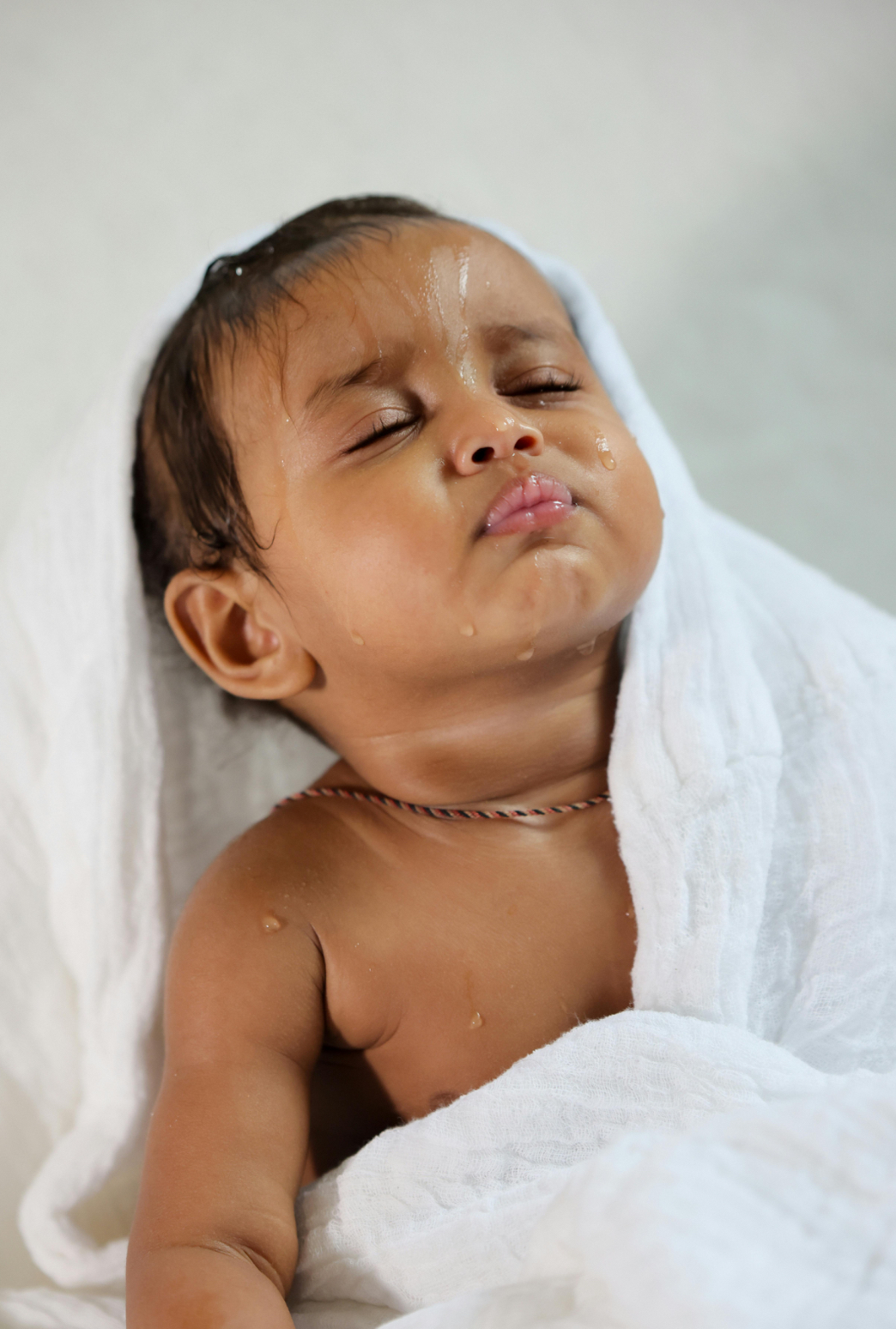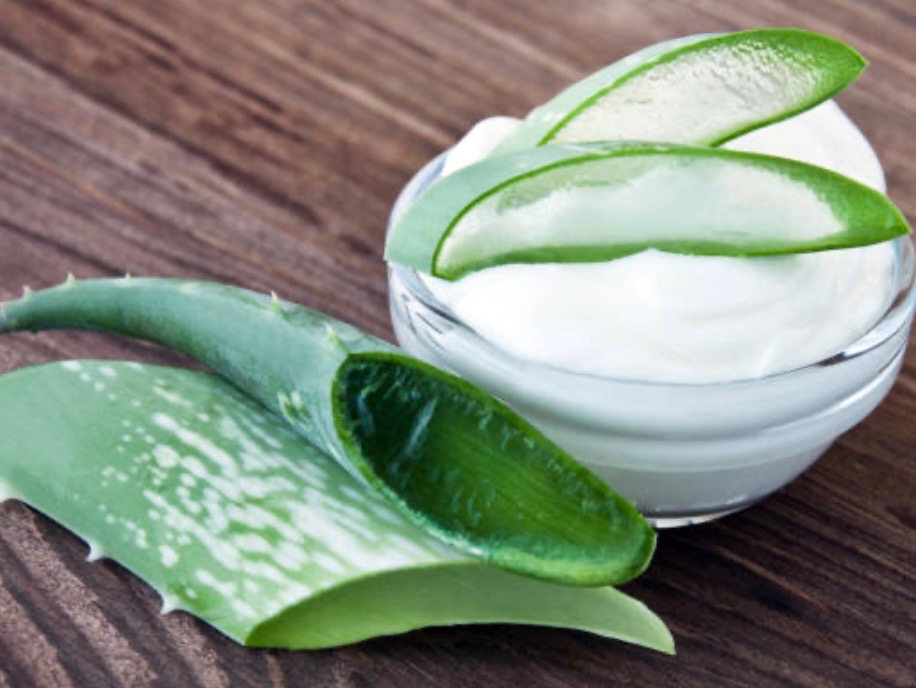I recall, how good and plush that little package of bliss was that you used to carry home.
Bathing with your baby can be a small miracle and a small nightmare, how are you going to make sure that the bath does not turn into a splashy affair?
When my own babies were babies, I would look over the baby tub and ask the question Is the water too hot or is it too cold?, the question still comes to my mind.
However, believe me, the routine immediately becomes the same as one of those warm rituals that establishes an indissoluble connection.
Being a mom who has already survived the experience of spit up and the first, weak giggles as a baby splashes in the tub, I can demonstrate a simple, safe and everyday baby bathing routine.
Since at the point of ending, it is the small things that left such moments memorable.
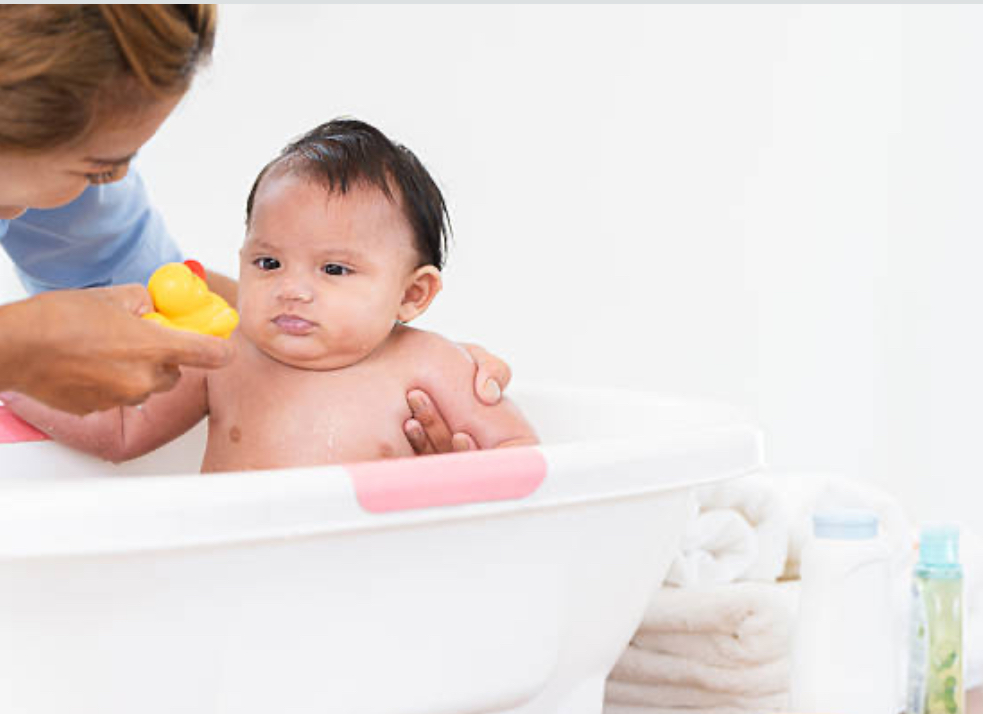
Why a Daily Bathing Routine Matters for Your Baby
The infants possess their largest organ the skin and this is what keeps everything in sides and blocks anything outside to the germs. But it is all small light as well, like our own and mostly is likely to dry up when we do too much of that, too. The bathing routine can not only be about washing off their faces of the milk-mustache of the day, but also makes their minds rest and their other skin healthy and breathing them into sleep.
Also to do with development, the pediatricians are foaming at the mouth that bath time is also involved. That warm water recreates the womb that is calming the babies with fuss and colic. It has the potential to decrease stress hormones in babies according to studies by American Academy of Pediatrics (AAP) and has all of us happier. In addition, this is the most suitable period of bonding where you can sing silly songs or peep in their eyes when cleaning their small toenails and, until my eldest child should be a naughty weed, she should be chilled in the bath at night. We would gently enter the water, and she would fall asleep as though she were asleep.
It only needs to be per the fact as happens; it does not have to be daily as most babies are concerned. The over washed skin is dry and, again, itchy. Rather, find a natural action one that is mess free as well. On that, later, dermatologists emphasize usage of fragrance-free hypoallergenic products to maintain such barrier.
How Often Should You Bathe Your Baby?
I used to think that you had to take the babies and put them in water every day, no. The infants less than one year old just require three baths per week until they begin crawling and becoming dirty. The spot-cleanse with a soft cloth upon changing the diaper of new parents is typically adequate to maintain their babies in their normal state and therefore bathing in 2- 3 times a week should also be adequate.
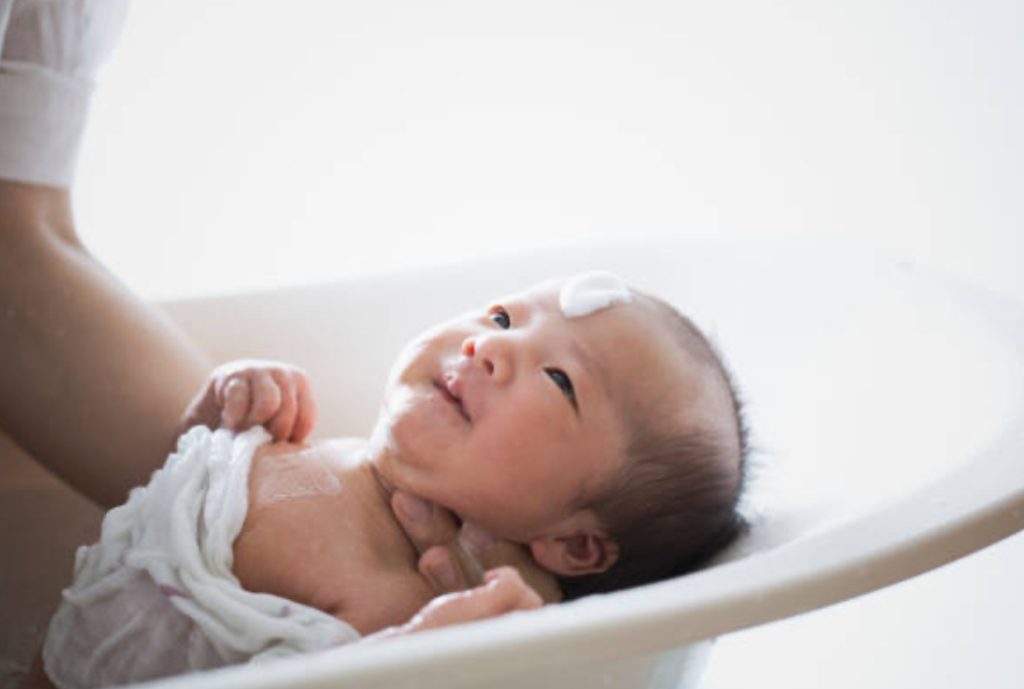
Stick sponges should be used when the baby is born (0-2 months old) until the stump of the umbilical cord falls off normally 1-3 weeks. After that, ease into tub time. In case it is a small one with sensitive skin, or you have a problem like eczema, reduce the notch even further, a pediatric dermatologist might prescribe no more than once per day. My second child had a minor baby acne, which forced our doctor to suggest us placing spot-cleaning and saving Fridays with daily baths to have fun.
Getting Ready for Bath Time
Alright, let’s break it down like I’m right there with you, towel in hand. This routine takes 10-15 minutes and works for babies 0-12 months. Adjust for wiggly toddlers later.
It All Starts with Prep: Packing ahead would be beneficial so as not to always have to scramble with a wet baby.
Soft hooded towel
Gentle body wash.
Two face and body washcloths.
Lotion of baby moisturizer without any fragrances.
It is also provided by the American Academy of Pediatrics (AAP) that the children do not need to be bathed daily with soaps until they start crawling and getting dirty. Rashes, however, are prevented by the daily sponging of the skin fold in warm water which also maintains the skin folds.
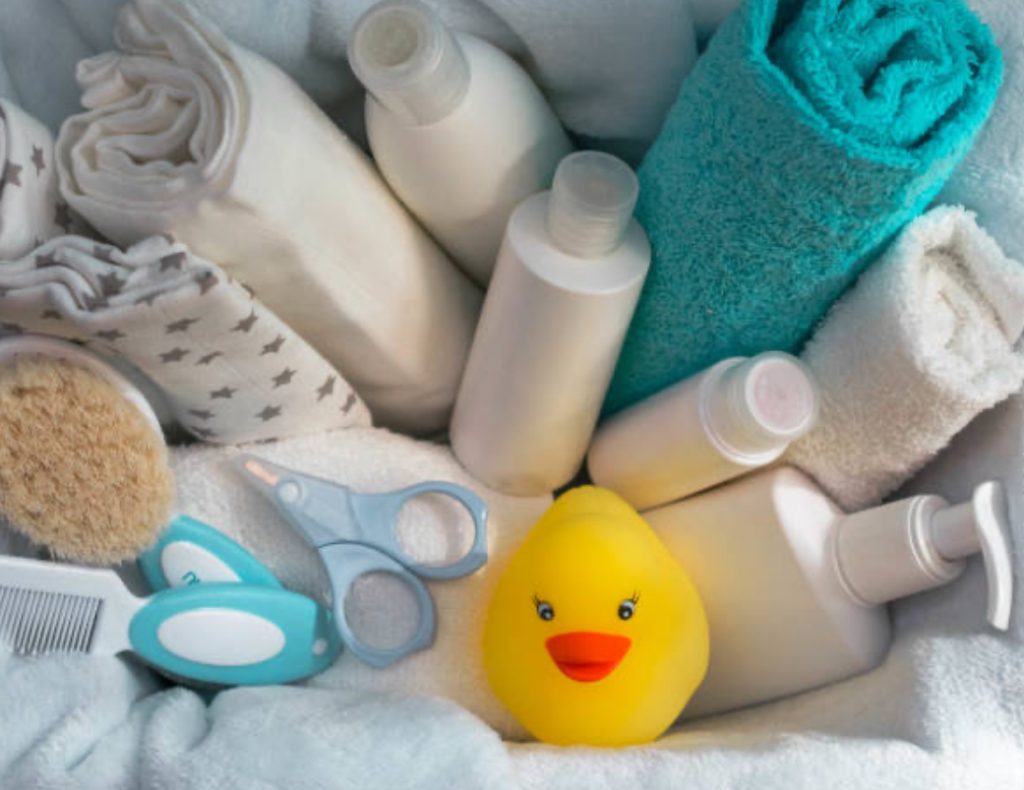
Perfect Water Temperature, check your elbow It must be warm, not hot.
Begin with the face: Wipe the inner corner of the eyes (outwards), nose and cheeks with plain water using a clean, damp wash cloth.
This helps to avoid irritation of the sensitive facial skin by the soap.
Gentle Cleanse for the Body
Hypoallergenic and tear-free label is prescribed by the pediatric dermatologists.
Dermatologists recommended such as Cetaphil Baby Wash and Shampoo, Aveeno Baby Everyday Wash and Mustela Gentle cleansing gel.
Rinse & Pat Dry
Rinse with a cup of warm water.
Do not dry, particularly between fingers, toes, and folds of skin, Pat, or they will get irritated.
Moisturize Within 3 Minutes
Choose baby cream or baby lotion without any scent.
Dermatologists advise the use within 3 minutes of taking a bath (when the skin is slightly wet). products that are recommend to use are: Aquaphor Baby Healing Ointment (in extreme dry locations), CeraVe Baby Moisturizing Cream.
Optional: You may apply pure cold-pressed coconut oil or light mineral oil to the face of your baby as a light massage or use light mineral oil as a light rub to ease the baby.
Alright, let’s break it down like I’m right there with you, towel in hand. This routine takes 10-15 minutes and works for babies 0-12 months. Adjust for wiggly toddlers later.
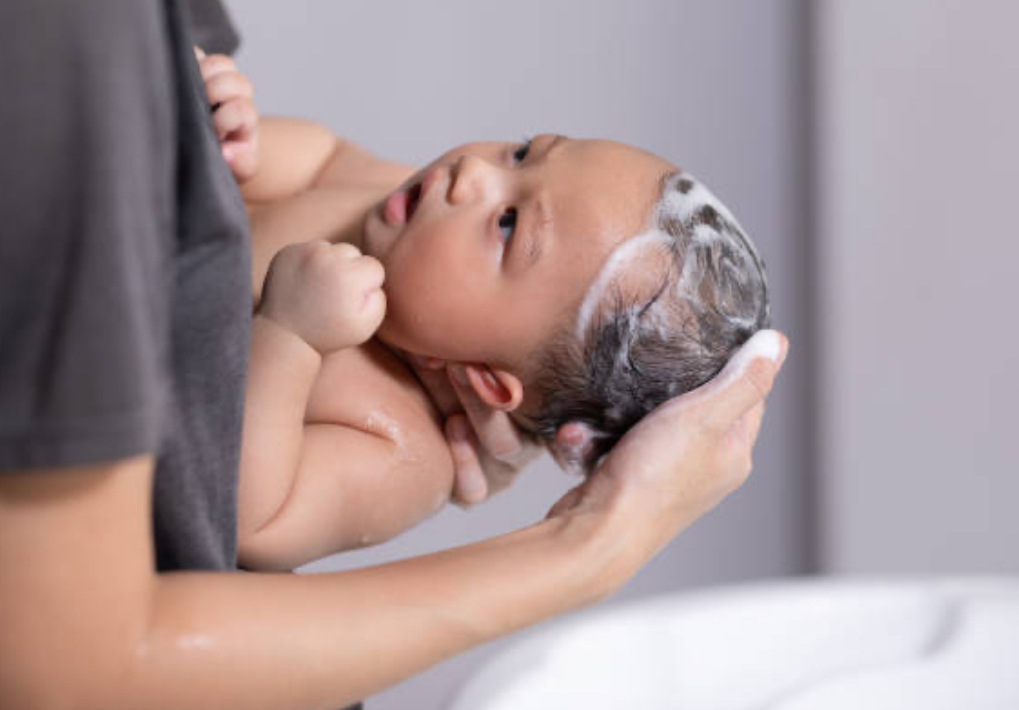
Your Baby’s Bath Bliss Awaits
There you have a no stress everyday baby bathing ritual that is safe, easy and very gratifying. All those sponge baths and bubbles, all the gentle treatment and those little heart melting times.
Drop it in the comments I’d love to hear about you and your little splashers.
Please note: This material and the content and information in it contains are not intended to, and do not constitute, medical or other health advice or diagnosis and should not be used as such. Consult an experienced doctor or healthcare provider for some of the issues in your individual situation.
